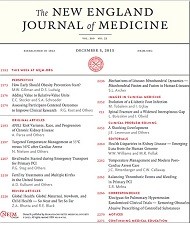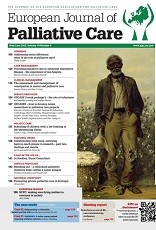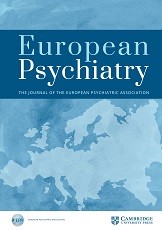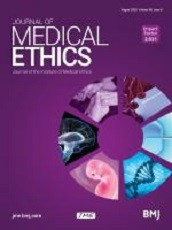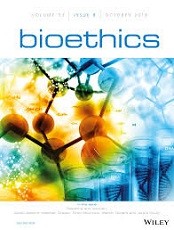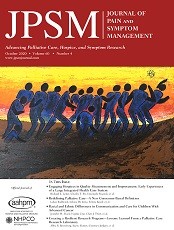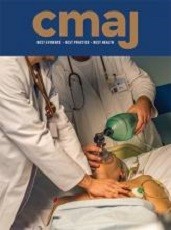J Donald Boudreau, Margaret A. Somerville
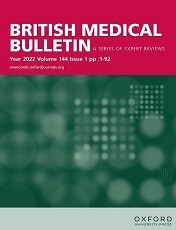
Abstract
Introduction or background
The public assumes that if euthanasia and assisted suicide were to be legalized they would be carried out by physicians.
Sources of data
In furthering critical analysis, we supplement the discourse in the ethics and palliative care literature with that from medical education and evolving jurisprudence.
Areas of agreement
Both proponents and opponents agree that the values of respect for human life and for individuals’ autonomy are relevant to the debate.
Areas of controversy
Advocates of euthanasia and assisted suicide give priority to the right to personal autonomy and avoid discussions of harmful impacts of these practices on medicine, law and society. Opponents give priority to respect for life and identify such harmful effects. These both require euthanasia to remain legally prohibited.
Growing points
Proposals are emerging that if society legalizes euthanasia it should not be mandated to physicians.
Areas timely for developing research
The impact of characterizing euthanasia as ‘medical treatment’ on physicians’ professional identity and on the institutions of medicine and law should be examined in jurisdictions where assisted suicide and euthanasia have been de-criminalized.
Boudreau JD, Somerville MA. Euthanasia is not medical treatment. Br Med Bull. 2013;106(1):45-66.
